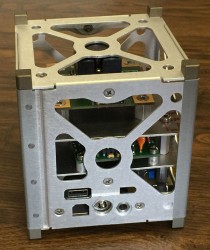According to an item in the Scientific American:
"Einstein is the most famous and beloved scientist of all time. We revere him not only as a scientific genius but also as a moral and even spiritual sage. Abraham Pais, Einstein's friend and biographer, called him "the divine man of the 20th century."
To New York Times physics reporter Dennis Overbye, Einstein was an “icon" of "humanity in the face of the unknown.""
For more there is plenty at Wikipedia, of course, and here are two videos on Youtube:
How Einstein discovered E=Mc2
Albert Einstein documentary









